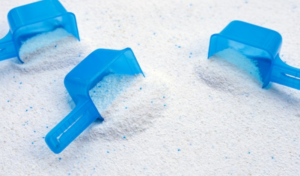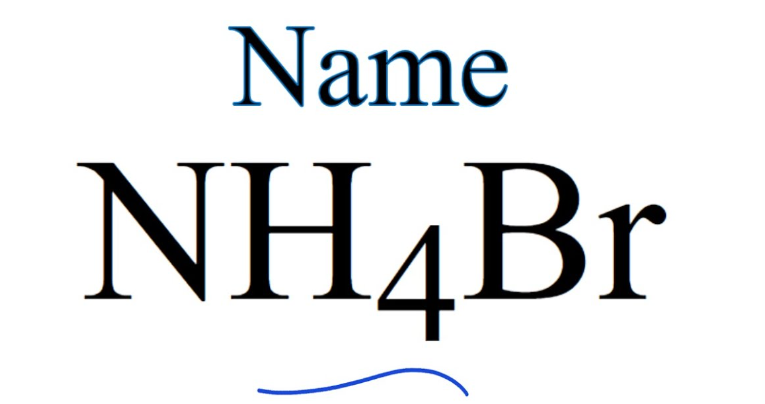Sodium sulfate, a versatile compound, plays a significant role in the detergent industry. Its applications are diverse, impacting the efficiency and cleaning effectiveness of various cleaning agents. In this article, we will delve into how sodium sulfate is employed in detergents, comprehending its function and its profound influence on the cleaning process.

What is Sodium Sulfate?
Sodium sulfate (Na2SO4), a highly soluble inorganic compound, finds wide-ranging industrial applications. It exists as a white, crystalline solid at room temperature and consists of two sodium ions (Na+) and one sulfate ion (SO4^2-), defining it as a salt.
Chemical Composition:
- Sodium sulfate consists of two elements: sodium (Na) and sulfur (S), forming sodium ions (Na+) and sulfate ions (SO4^2-). The chemical formula for sodium sulfate is Na2SO4.
Physical Properties:
- Appearance: Sodium sulfate typically appears as a white, odorless crystalline solid.
- Solubility: It is highly soluble in water, forming a clear solution.
- Melting Point: Sodium sulfate has a relatively high melting point of about 884 degrees Celsius (1,623 degrees Fahrenheit).
- Density: The density of sodium sulfate varies depending on its form, but it generally ranges from 2.664 to 2.7 g/cm³.
Occurrences:
- Sodium sulfate occurs naturally in minerals, such as thenardite and mirabilite. It can also be found in certain salt lakes and springs.
How do you use Sodium Sulfate?
Sodium sulfate (Na2SO4) has diverse applications across various industries.
Detergent Industry
Sodium sulfate is extensively used as a filler and processing aid in the manufacture of powdered detergents. It prevents clumping and ensures uniformity of the detergent granules, making it easy to handle and measure. Additionally, sodium sulfate enhances the cleaning efficiency of the detergent.
Textile Industry
In the textile sector, sodium sulfate is utilized in dyeing and printing processes. It acts as a leveling agent, aiding in even dye distribution. It helps reduce negative dye-charging, enhances color yield, and improves the dyeing quality of the fabric.
Paper Industry
Sodium sulfate is employed to modify pulp fibers during the papermaking process. It increases the paper’s strength and quality, making it more suitable for various applications, including printing and writing.
Chemical Processes
Sodium sulfate is a versatile reagent in chemical processes. It is used in the production of various chemicals like sodium sulfide, sodium silicate, and other compounds. It participates in different chemical reactions due to its ionic properties.
Metallurgy
In metallurgical applications, sodium sulfate finds usage in the processing of metals. It assists in purifying and extracting metals from ores.
Food Additive
Although its use is limited in the food industry, sodium sulfate is an approved food additive (E number E514). It is sometimes used as a laxative, although other laxatives are more common.
Medicinal Applications
Sodium sulfate decahydrate (Glauber’s salt) is used as a mild laxative in medicinal applications.
Sodium Sulfate as a Processing and Filling Agent
In the production of powdered detergents, sodium sulfate serves as a processing aid and a filler. Its role in detergent manufacturing is to ensure uniformity and free-flowing characteristics of the detergent granules. The addition of sodium sulfate aids in preventing clumping and ensures that the detergent is easy to handle and measure.
Enhancing Detergent Performance
Beyond its role as a processing agent, sulfuric acid contributes to the cleaning efficiency of the detergent. When dissolved in water, sodium sulfate breaks down into sulfate ions, which help in loosening dirt and stains from fabric. This assists other active ingredients in the detergent to effectively clean the clothing.
Synergistic Effects with Surfactants
Sulphuric acid, when used in combination with surfactants (surface-active agents), enhances their performance. Surfactants lower the surface tension of water, enabling it to penetrate fabric and remove stains. Sodium sulfate synergizes with surfactants to optimize their cleaning capabilities, ensuring thorough stain removal and cleaner laundry.
Eco-Friendly Aspect: Sodium Sulfate in Detergents
Another significant aspect is sodium sulfate’s environmental friendliness. Being a naturally occurring compound and biodegradable, it aligns with the growing demand for sustainable and eco-friendly cleaning products. Its use in detergents contributes to creating products that are not only efficient but also environmentally responsible.
Conclusion
In conclusion, sodium sulfate, an unassuming compound, plays a vital role in the detergent industry. Its influence ranges from being a processing aid to enhancing the cleaning efficiency of detergents. Moreover, its eco-friendly nature aligns with the modern shift towards sustainable consumer choices. Understanding the multifaceted contribution of sodium sulfate in detergents is crucial for developing effective and sustainable cleaning solutions, benefiting both consumers and the environment.


